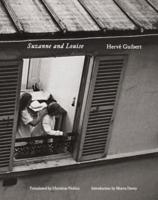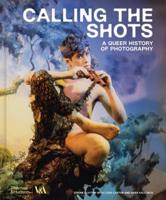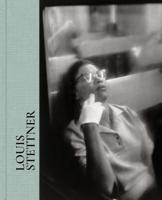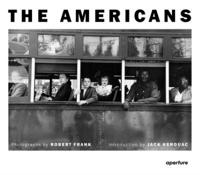Publisher's Synopsis
I Mutanti (The Mutants) is the complete catalogue of the exhibition of the same name held at The French Academy in Rome, Villa Medici. The five featured conceptual artists, or 'mutants', are prophets whose work provides a visionary perspective into a world that we do not yet know, where identity is indefinite. Adel Abdessemed, Stephen Dean, Ellen Gallagher, Adrian Paci and Djamel Tatah are the innovative artists that bring the future of art to the pages of this catalogue. Conceptual artist Adel Abdessemed, like William Lamson and Cai Guo-Qiang, creates situations based on deliberate actions or acts as he calls them carried out on everyday materials, which he documents with videos, photographs, and later juxtaposes with a sculptural remainder from the action itself. In his sculptures, videos, and works on paper, Stephen Dean approaches colour theory from a scientist's perspective. Using the tools of the laboratory - including colourful NASA-designed dichroic glass, weather maps, and thermal-imaging camera - Dean creates works that celebrate the relationship between saturated colour, transparency, and light. Ellen Gallagher's minimalist paintings, collages, and films examine the development of African-American stereotypes. The artist Incorporates pop culture ephemera into her work, particularly postwar-era advertisements for hairstyles, wigs, and skin products targeting African-American women. Adrian Paci is known primarily for his work in performance and video, although he explores similar subjects in painting, photography, and sculpture. Characterised by a fluid interplay between performance and body art, his videos frequently focus on quotidian existence and feature members of his own family. The subject omnipresent in Djamel Tatah's works is the silent figure: the mirror of all humankind, pain, solitude, melancholy, war and peace. Featured in isolation, pairs or in repetition across large canvases or polyptychs, the silhouettes are consistently depicted in a 1:1 scale. They seldom face the viewer directly, instead they are found gazing upwards, downwards or far into the distance. The works have no title, bringing to the fore issues of identity.







